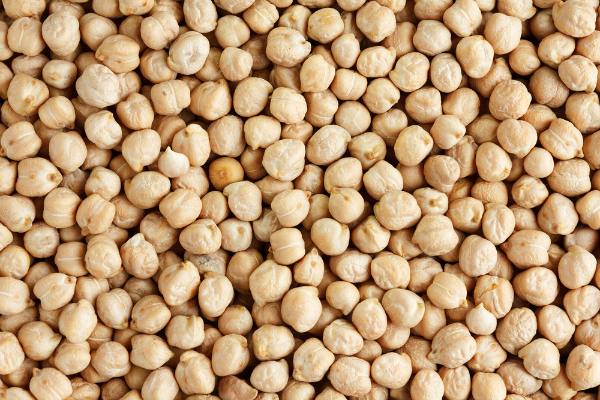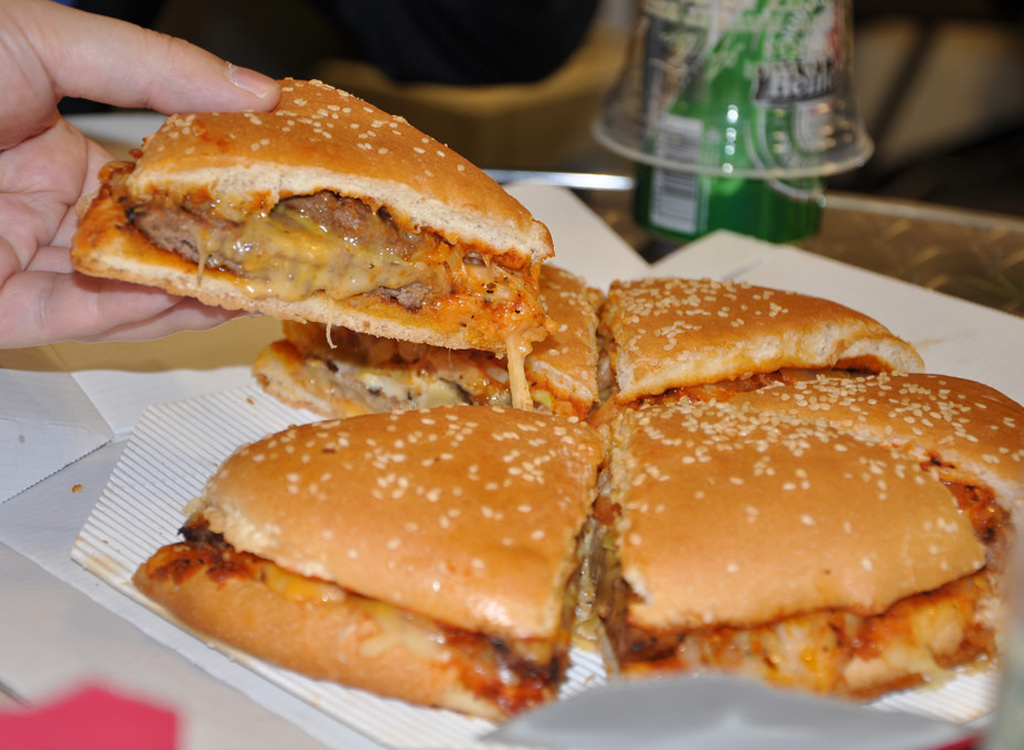6 supplements to have a healthy skin and what foods contain them in high quantities
Nowadays, it is known that the appearance and health of the skin relate mainly with what we eat. If the food we ingest provide us with the necessary nutrients, we can keep it young and smooth.

Nowadays, it is known that the appearance and health of the skin relate mainly with what we eat. If the food we ingest provide us with the necessary nutrients, we can keep it young and smooth.
While foods very processed and high in additives cause flaccidity, opacity and, in general, premature aging, there are others who have the opposite effect. If we consume the latter regularly, we can enjoy a beautiful and Lozana skin.
In this article we share six indispensable supplements for a healthy skin and tell you what foods contain them in large quantities.
Vitamin C
Vitamin C is a precursor of collagen, that is, it is an indispensable nutrient so that our body can create the most important protein that gives structure to our skin.
It is also a powerful antioxidant that protects the skin from oxidative stress causeing free radicals that damage cells. It also protects our cutis from sunroots.
What food does they contain it?
Food with greater content in vitamin C are guava, peppers, kiwi, broccoli, pineapple, strawberry and citrus fruits such as oranges, lemons and grapefruit.

Omega 3
Omega 3 fatty acid is an essential factor to keep skin flexible, hydrated and firm.
In addition, it reduces inflammation, which helps combat redness and acne problems, and also has a protective effect, reducing sensitivity to harmful effects of sunlight.
As if that were not enough, some studies indicate that Omega 3 also helps fight autoimmune diseases that affect the skin, such as lupus and psoriasis.
What food does it contain it?
The best sources of Omega 3 are fatty fish such as salmon, sardines and herring. In the vegetable world we can find it in the avocado, the chia seeds and the flaxseed seeds.
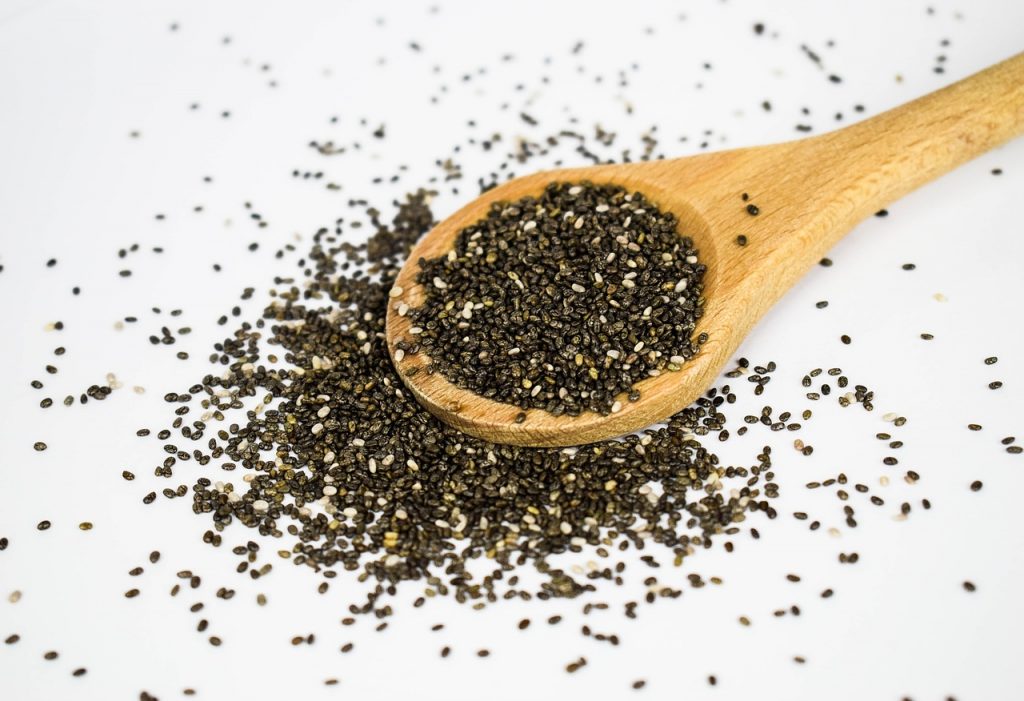
Zinc
Zinc is an essential mineral for the functioning of the skin as a protective barrier. In the same way, it contributes to the healing of wounds and helps to combat inflammation and bacteria.
It is also of critical importance for the cellular structure of the skin and the strength of the tissue, which maintains firm and elastic skin, avoiding flaccidity and wrinkles.
What food does it contain it?
Zinc is mainly found in oysters and seafood and in red and bird meats, as well as on oatmeal, hazelnuts, almonds and pumpkin seeds.
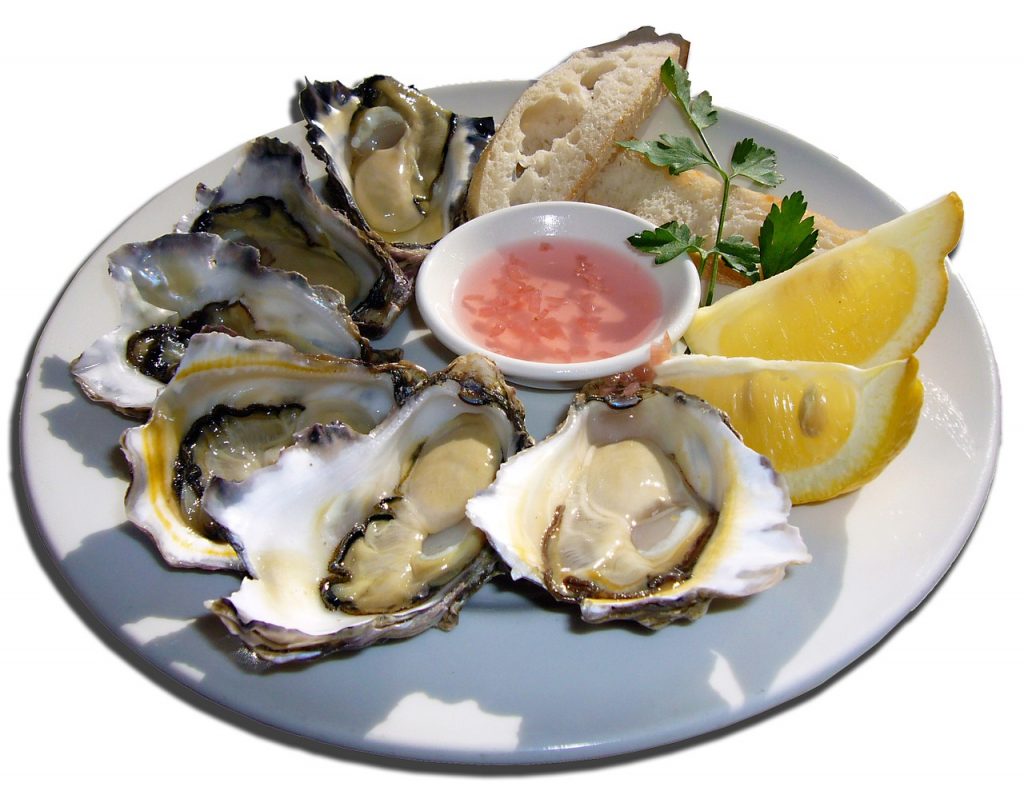
Calcium
Calcium is not only important for the bones of our body: it also contributes to the cellular regeneration of the skin, providing elasticity, and eliminates dead cells. When there is a lack of calcium, the skin has a fine, dry and opaque appearance.
Calcium also contributes to maintaining natural hydration of the skin and participates in antioxidant production. In addition, it reduces the risk of damage to collagen and elastin.
What food does it contain it?
The richest foods in calcium are almonds, sesame, sunflower seeds, tofu, broccoli, egg and dairy products.
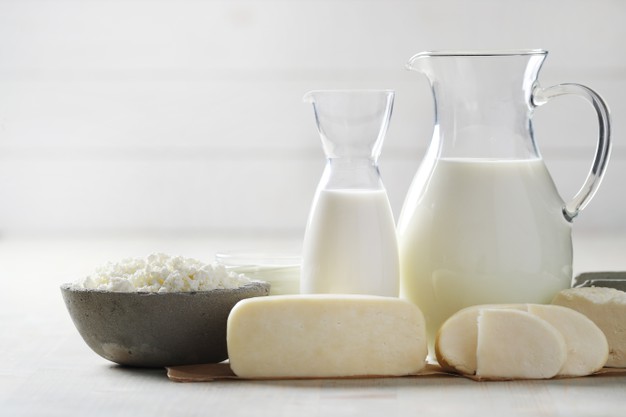
Vitamin A
One of the basic nutrients for healthy skin is vitamin A, since it stimulates the production of collagen, and applied topically, reduces wrinkles. Likewise, combat acne and prevents cellular damage and premature aging.
It is antioxidant, so it protects the skin from the effect of free radicals. In addition, it favors cell regeneration and healing.
What food does they contain it?
Food with higher vitamin A are the yolk, salmon, beef liver, carrot, dark leaf vegetables and dairy products.
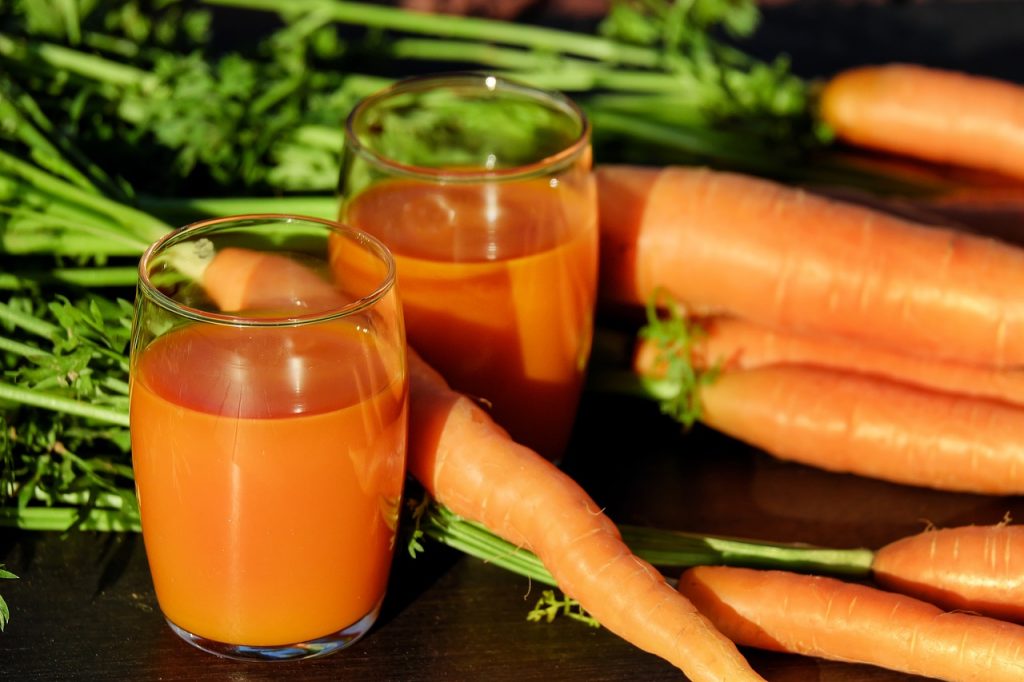
Vitamin E
Vitamin E has anti-inflammatory and antioxidant properties. Protects the skin from UV rays and, therefore, cancer that the Sun can cause. Likewise, it strengthens the cell walls, avoiding flaccidity. It is considered a powerful nutrient against aging.
It also helps reduce scars and eliminate small desquamation and imperfections of the skin, such as spots and acne.
What food does they contain it?
Vitamin E is found mainly in food such as salmon, nuts, seeds, green leafy vegetables and vegetable oils such as sabeamus, wheat germ, corn and soybeans.
